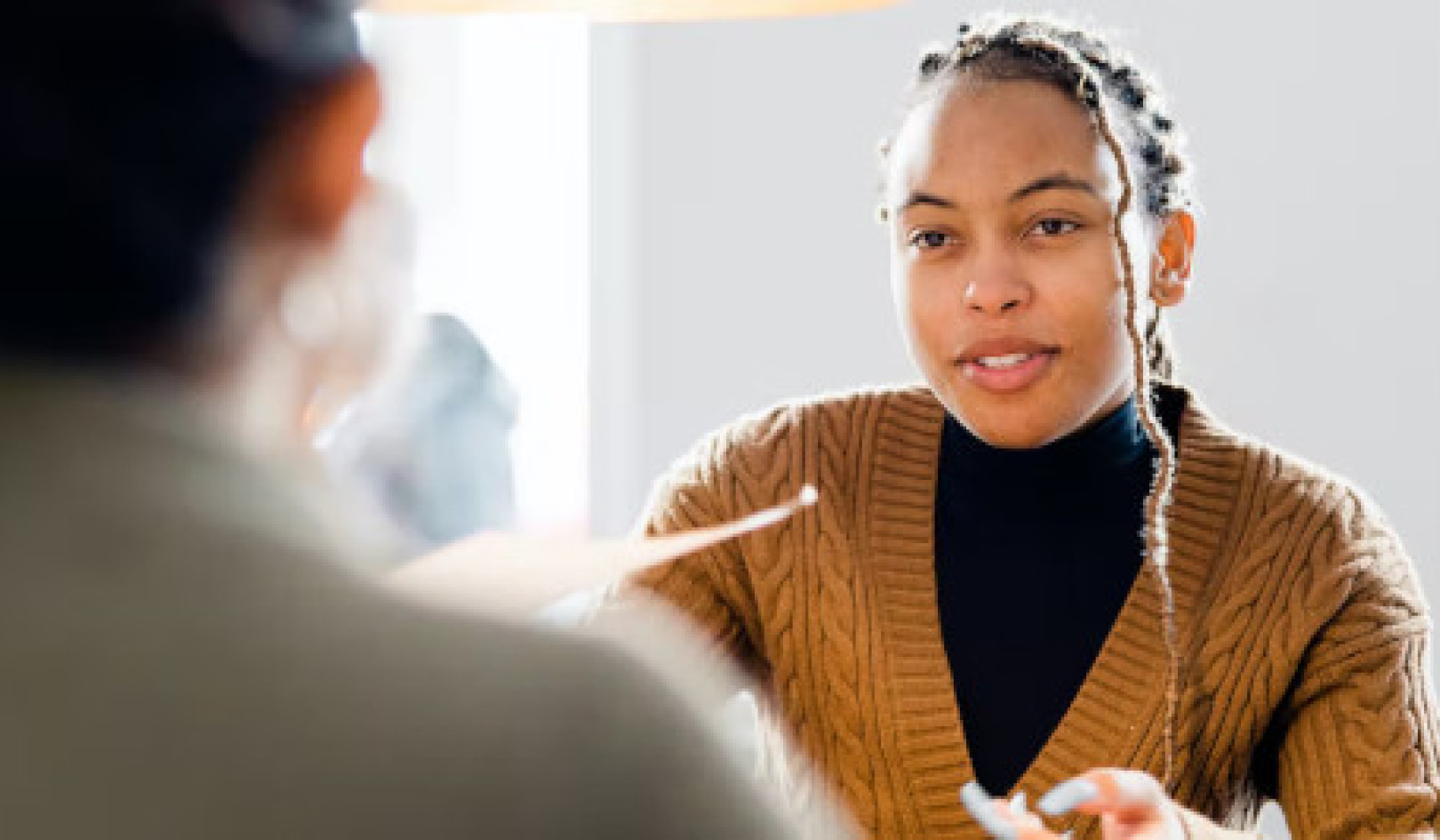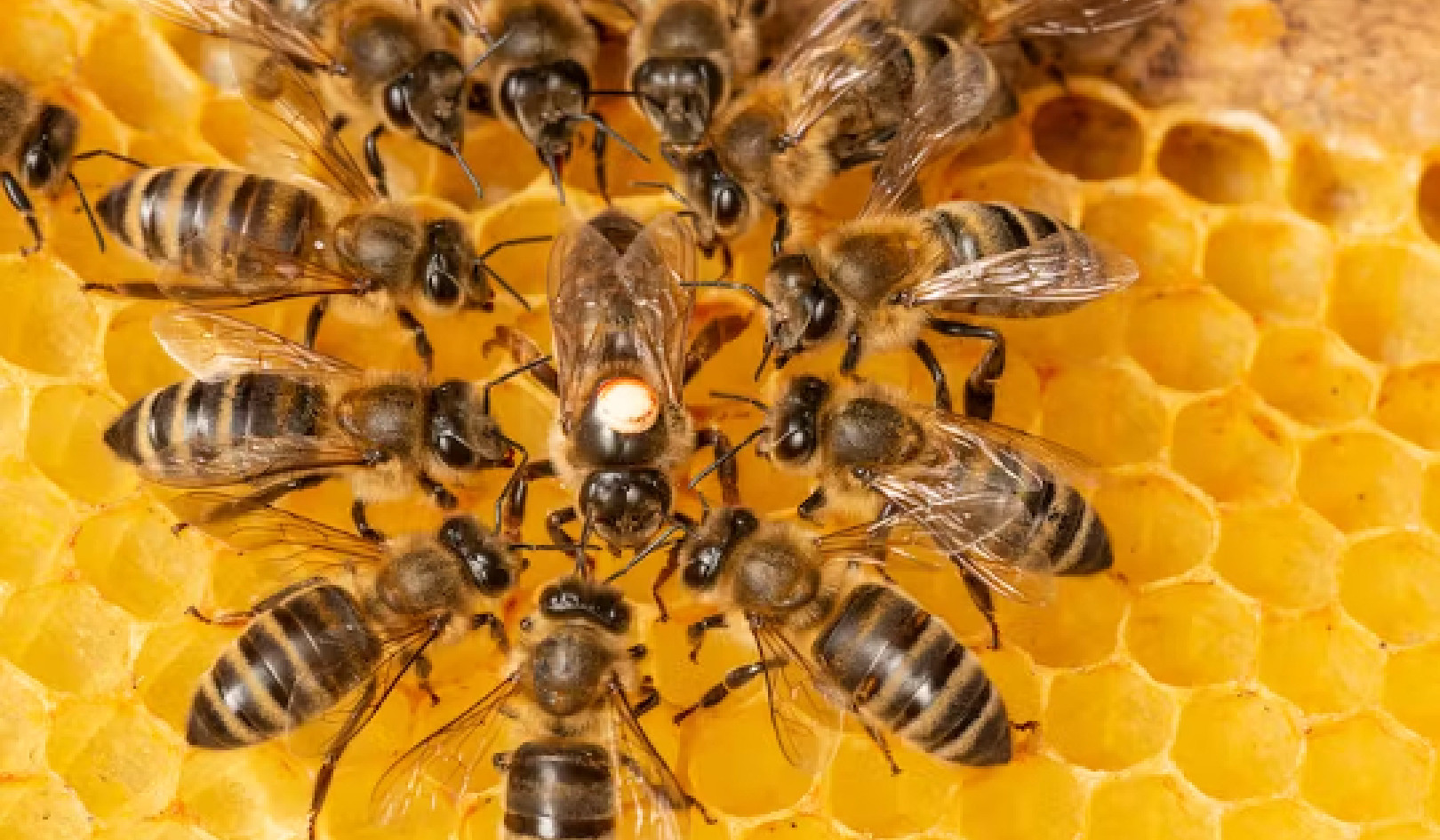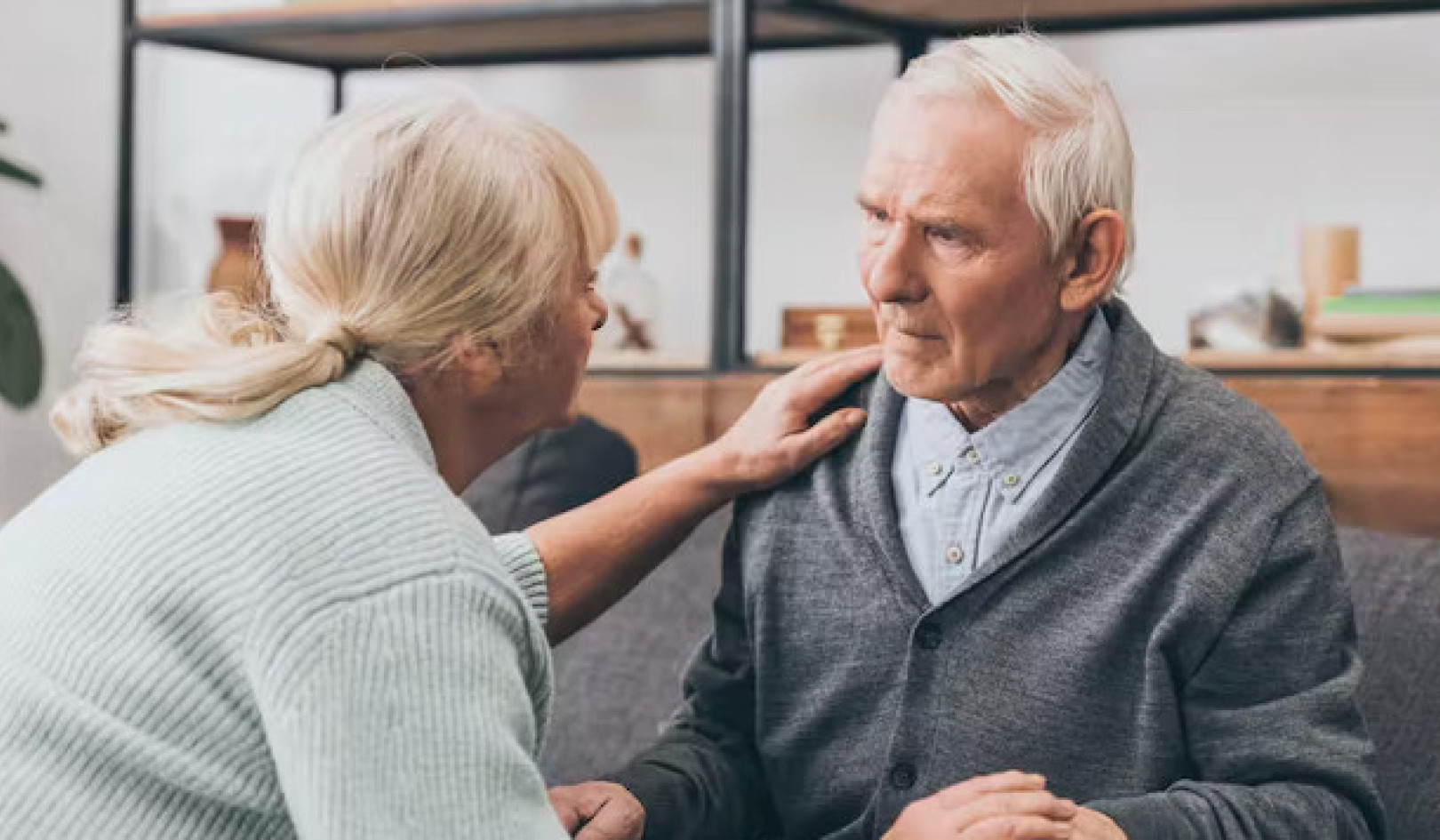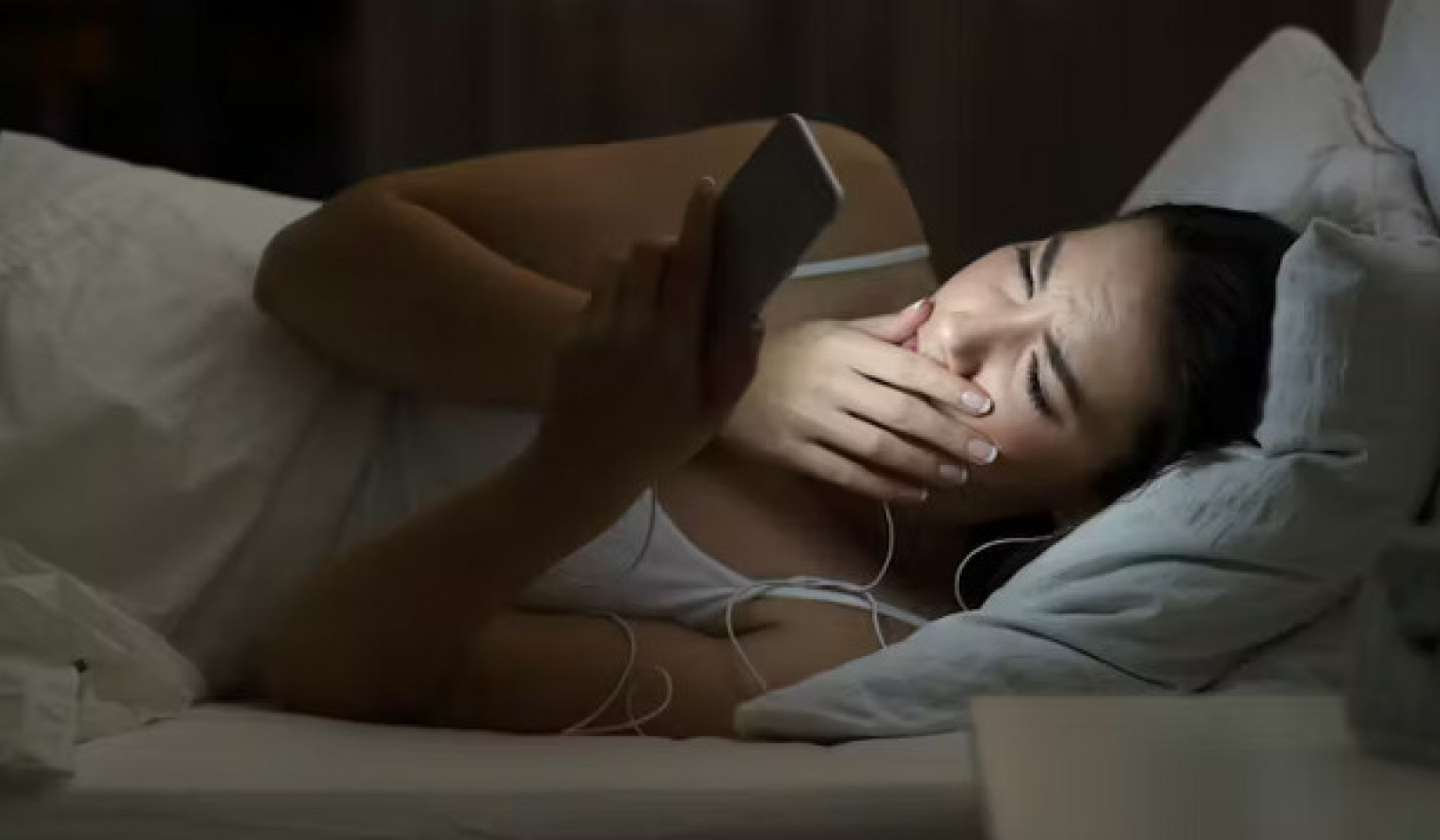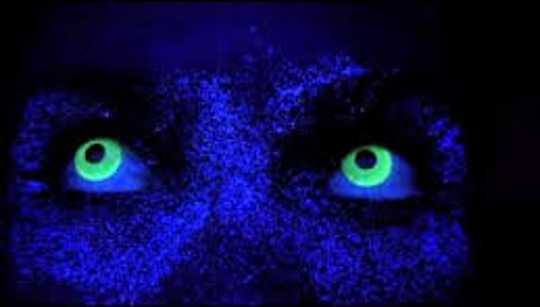
Alongside the day’s high and low temperatures, weather reports generally contain a UV alert for a particular time. But what does it actually mean – and what should you do about it?
Ultraviolet light is a form of radiation invisible to the human eye. Ultraviolet wavelengths of sunlight are made up of UVB, which has shorter wavelengths (of 290 to 320 nanometres) and higher energy, and UVA, which has longer wavelengths (320 to 400 nm) and lower energy.
Both types of UV damage skin cells and both are thought to contribute to skin cancer. But UVB causes sunburn and UVA contributes more to ageing and penetrates deeper skin layers.
It is estimated that 7,220 cases of melanoma – 63% of the total number – in Australia in 2010 and all of the 750,000-plus non-melanoma skin cancers were due to exposure to our high-UV climate.
The Ultra Violet Radiation Index (UVI) has been around for more than 20 years and gives a measure of the intensity of the sun, using both UVA and UVB.
The World Health Organisation recommends protecting our skin from the sun when the UVI is 3 or higher. So the “alert” applies to the block of time the UVI is 3 or above though the course of any day.
UVI 1–2 is low, which generally means it’s safe to be outdoors unprotected.
Other classifications are moderate (3–5), high (6–7), very high (8–10) and extreme (11+). To some extent, the moderate to very high labels tell us little except that UV intensity is increasing. The most simple advice is that when the index is at 3 or higher, protect your skin. Hence the “alert”.
To illustrate, today in Cairns the alert period was 8.10am to 4.10 pm, with a UV Index peak of 13 and extreme levels between about 10am and 2pm.
In Hobart, the UV alert ran from 8.50am to 5.10pm, with a peak of UVI 10 and not reaching the extreme range.
UV forecast for Monday, December 7, 2015
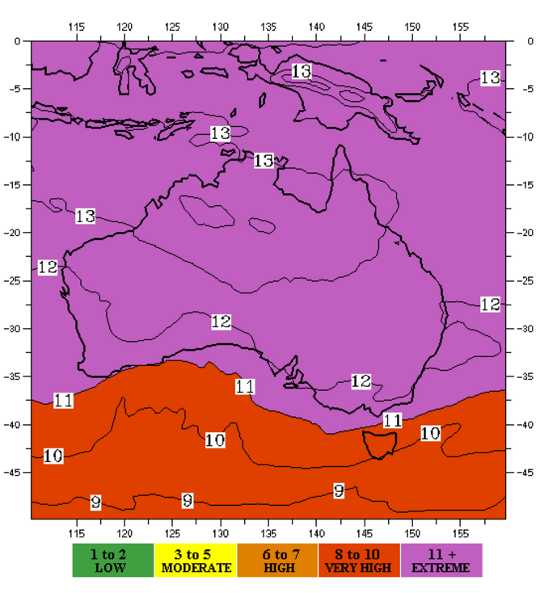
Screen shot from the Bureau of Meteorology website.
The Bureau of Meteorology has live UV meters for more accurate, on-the-spot local readings around the country.
One challenge is that the UV Index was created last century largely for North American and European conditions. There the UVI rarely gets into the extreme range.
In Australia, we spend most of the summer with “extreme” UV conditions in the middle of the day. There are concerns that the effect of the term “extreme” wears off if it is the norm. This will be one of the points debated at the International Conference on UV and Skin Cancer Protection in Melbourne this week.
What Affects UV Intensity?
UV radiation is separate from the visible and infrared parts of the spectrum, so you can’t see or feel it. That means you can be at the cricket or the beach in summer at 5pm and feel hot but the UVI might be in the low range of 1 or 2.
Or you can be in the same place, in a cool breeze on a 22 degree summer’s day at 1pm and get seriously burned due to the extreme UV index.
Heavy storm clouds can reduce the UV Index enormously; thin passing cloud, not so much.
UV radiation reflects off many surfaces including concrete, water and snow. Indirect UV (refracted by the atmosphere) can burn even if you are in the shade of a beach umbrella. If you can see lots of sky – even if you are in a little shade – chances are you are getting a pretty big dose of UV.
But there is a lot around to help. Being indoors provides great UV protection, even near the window (most office window glass gives very good UV protection).
Summer clothing can vary from the crocheted bikini (not so good) to a close-knit cotton shirt and shorts or a flowing sundress. The fabric weave and coverage are the keys – and look for UPF50 (ultraviolet protection) ratings. The best thing about clothing is you can see exactly what is or is not protected.
Sunscreen is proven effective to reduce skin cancer. But most of us do not use enough to reach the protection claimed on the label.
Shade cloth was originally invented for horticultural purposes and can be as low as an equivalent SPF of 3–4, but some offer more effective UV protection.
Likewise, a small-leaf sparse-canopy gum tree does not provide nearly the same shade protection as a big old Moreton Bay fig.
Finally, skin type is important. Those blessed with naturally dark skin (like Aboriginal people who have evolved in our climate) have inherited a lower skin cancer risk than those of us from northern European heritage with pale, easily burned and sun-sensitive outer casing.
About The Author

 Terry Slevin, Adjunct Professor, School of Psychology and Speech Pathology, Curtin University; Education and Research Director, Cancer Council WA; Chair, Occupational and Environmental Cancer Committee , Cancer Council Australia. He is a regular media commentator on cancer issues from the causes and early detection of cancer, to broader chronic disease prevention issues including nutrition, physical activity, weight control, alcohol and sun protection. He recently published a series of 15 articles on cancer myths
Terry Slevin, Adjunct Professor, School of Psychology and Speech Pathology, Curtin University; Education and Research Director, Cancer Council WA; Chair, Occupational and Environmental Cancer Committee , Cancer Council Australia. He is a regular media commentator on cancer issues from the causes and early detection of cancer, to broader chronic disease prevention issues including nutrition, physical activity, weight control, alcohol and sun protection. He recently published a series of 15 articles on cancer myths
This article was originally published on The Conversation. Read the original article.
Related Book:
at

Thanks for visiting InnerSelf.com, where there are 20,000+ life-altering articles promoting "New Attitudes and New Possibilities." All articles are translated into 30+ languages. Subscribe to InnerSelf Magazine, published weekly, and Marie T Russell's Daily Inspiration. InnerSelf Magazine has been published since 1985.

Thanks for visiting InnerSelf.com, where there are 20,000+ life-altering articles promoting "New Attitudes and New Possibilities." All articles are translated into 30+ languages. Subscribe to InnerSelf Magazine, published weekly, and Marie T Russell's Daily Inspiration. InnerSelf Magazine has been published since 1985.

















